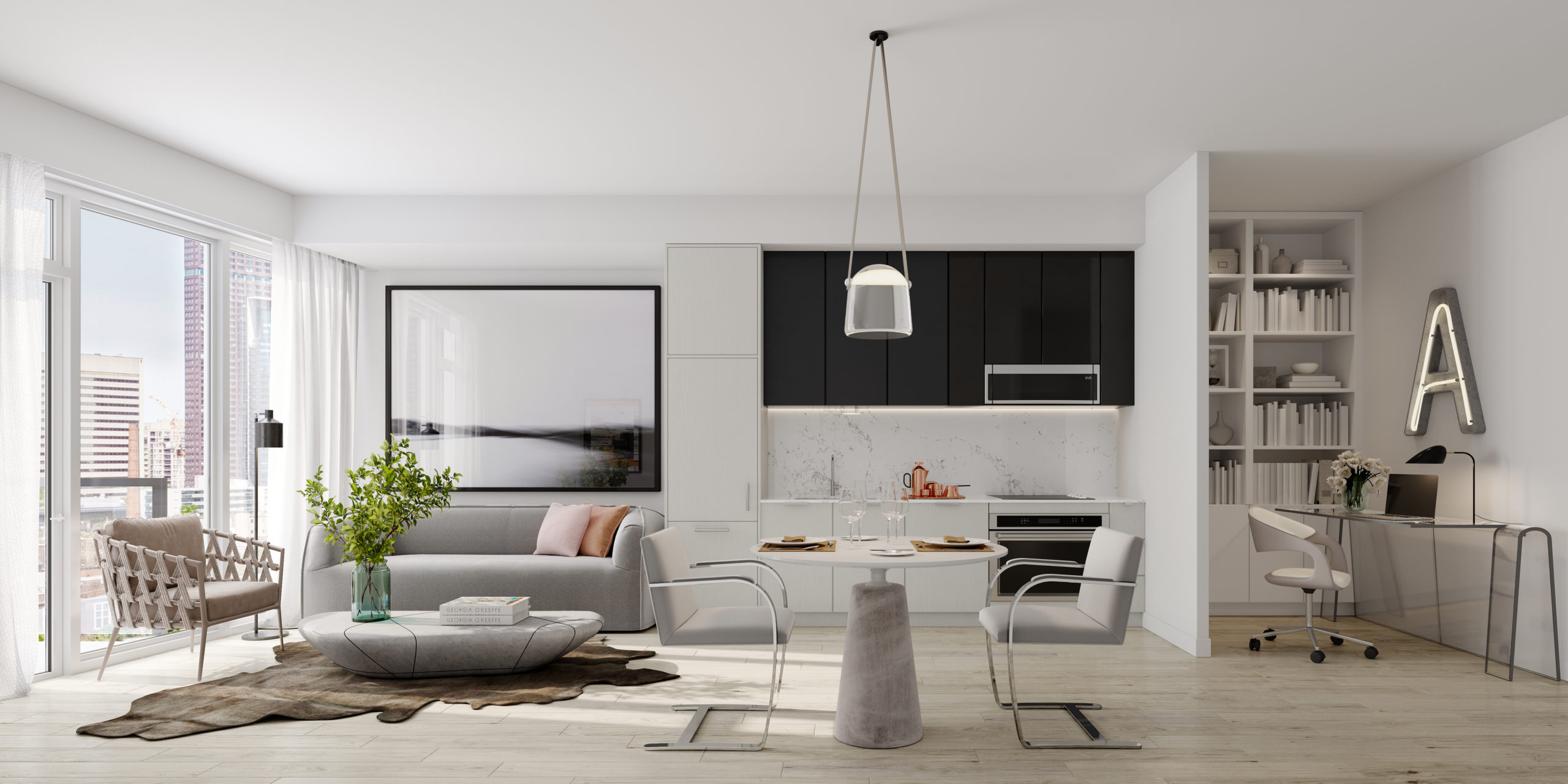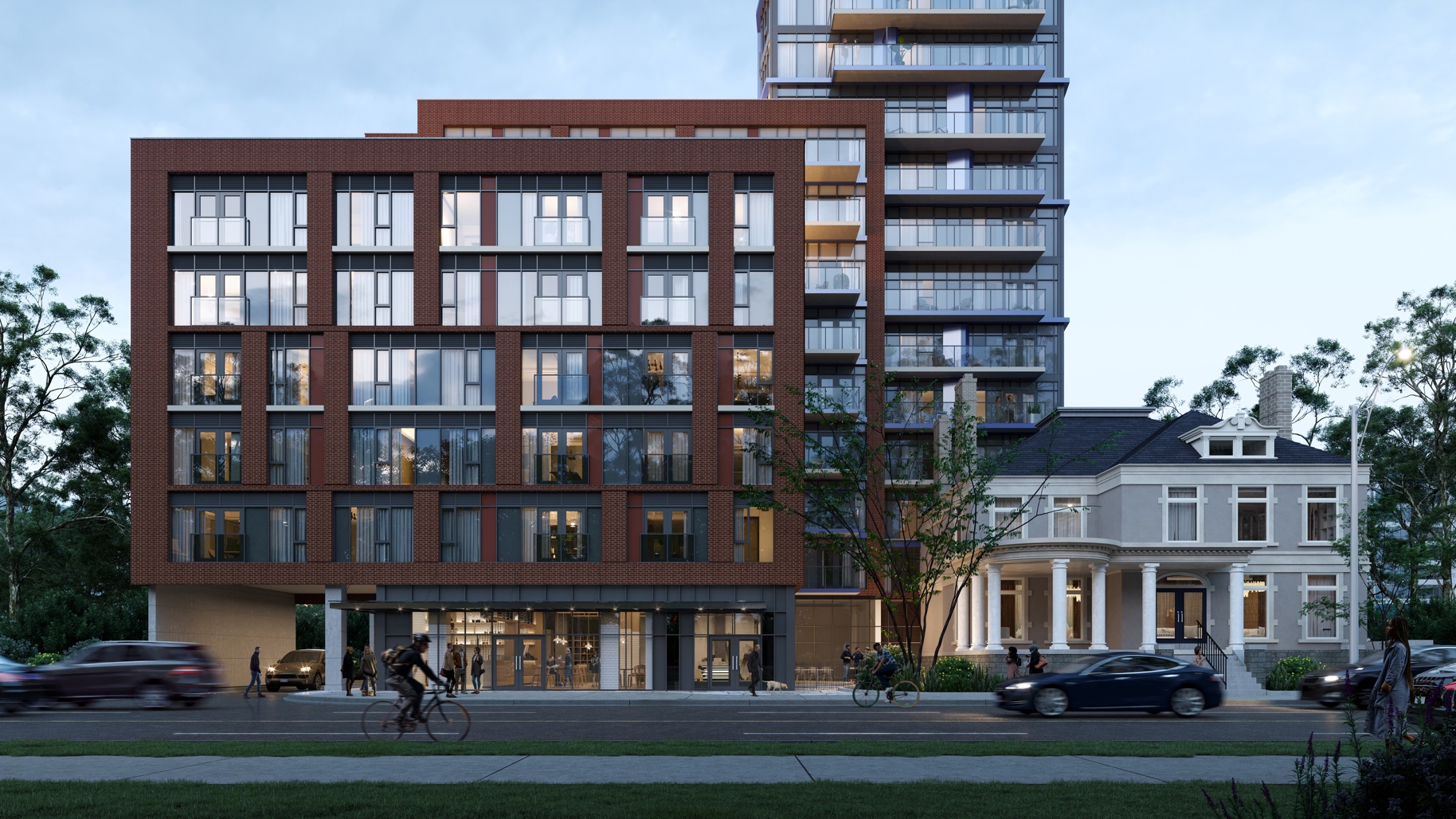As an architectural science student at Ryerson University, Caleb Culmone has paid close attention to the new condo developments going up around his school.
“There is a disconnect between the community and the developers who don’t have direct contact with the people who live there,” said Culmone, who’s in his final year of the program.
That propelled him to join a design study group looking at a new neighbourhood project, JAC Condos. The event was hosted by builders Graywood Developments and Phantom Developments, with the co-operation of Ryerson’s School of Architecture.
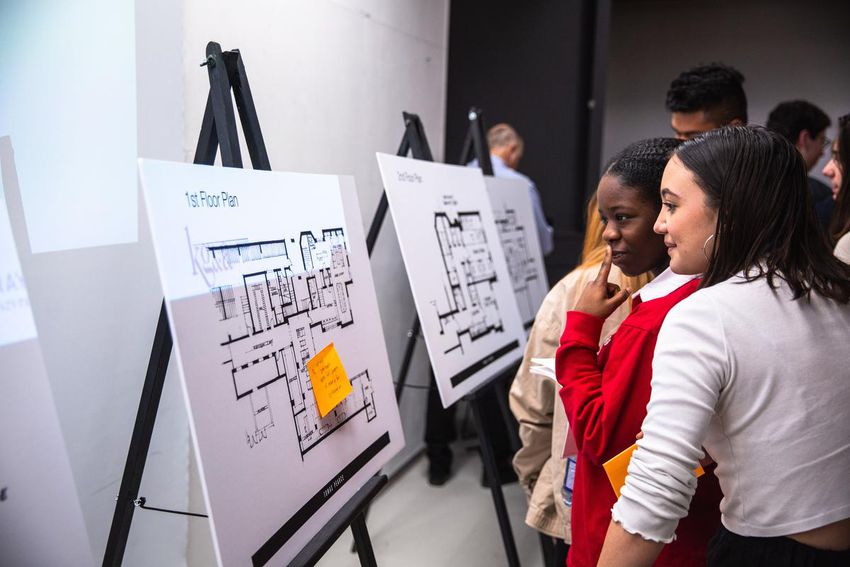
Held early last year, before the pandemic hit Canada, and attended by about 30 students, the design charrette invited architecture students’ suggestions and criticisms about the 34-storey tower coming to the Jarvis and Carlton Sts. intersection that gives the building its name. JAC Condos will be 200 metres from Ryerson and while it’s not part of university’s housing portfolio or exclusively a student condo, it will be popular for off-campus housing.
Graywood senior vice-president of development Neil Pattison, describes the downtown JAC site as “centre ice.” As well as its proximity to Ryerson, it’s across from Allan Gardens, an east-downtown park with conservatories, an off-leash dog park and playground, and JAC “will have fantastic views of the park, which is an oasis in downtown.”
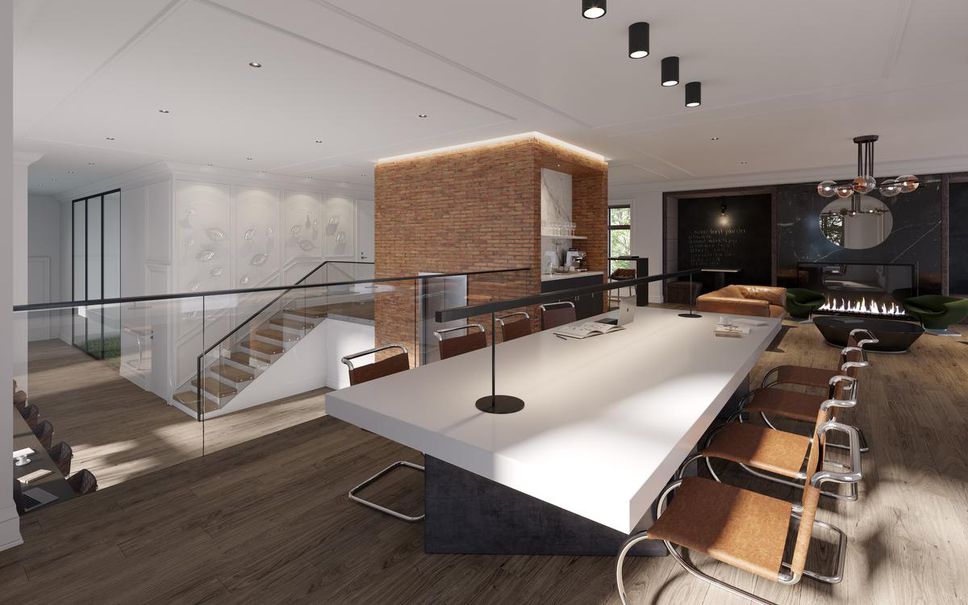
Pattison himself attended Ryerson two decades ago and lived in the Neill Wycik student residence close to where JAC will stand. “I’ve known this neighbourhood for 20 years and, as an urban planner, I believe in downtown.
“It was a very attractive site and for me personally, it allows me to give back to the downtown east. It’s a full circle story for me.”
While the students had many typical condo features on their wish-lists (media lounge, rooftop terrace, party room, gym and in-suite laundry), a few of their suggestions surprised the development team.
“What caught us unaware was their need for quiet space,” said Pattison. “Obviously, with Ryerson being downtown, there’s a lot of hustle and bustle. Students wanted to come home and switch off.
“So, we created a quiet library space, and included meditation rooms and a yoga studio where people can go and pray, or switch off and work by themselves, and have quiet contemplative spaces.” The students also prioritized outdoor space and three outdoor areas are now included in the design: a ground-level area connected to the co-working space and coffee bar, plus rooftop spaces on the seventh and eighth floors with views overlooking Allan Gardens.
“Coffee shops are very important to students — they like to sit there and use their laptops, so they needed a power source and USB ports. They wanted places that are open late at night,” added Pattison.
Those social-area amenities will be in the part of the condo project whose design will incorporate a recreated 1902 Beaux Arts mansion. The heritage building originally on the site was damaged by fires in 2016 and 2019, leaving only two walls safely intact. The recreated heritage house will be integrated with JAC’s podium and tower, and will house a technology lounge, coffee bar, library, flex spaces for working and studying, a serenity room, yoga studio, gaming and movie room, bar, arts and crafts studio and multi-purpose room.
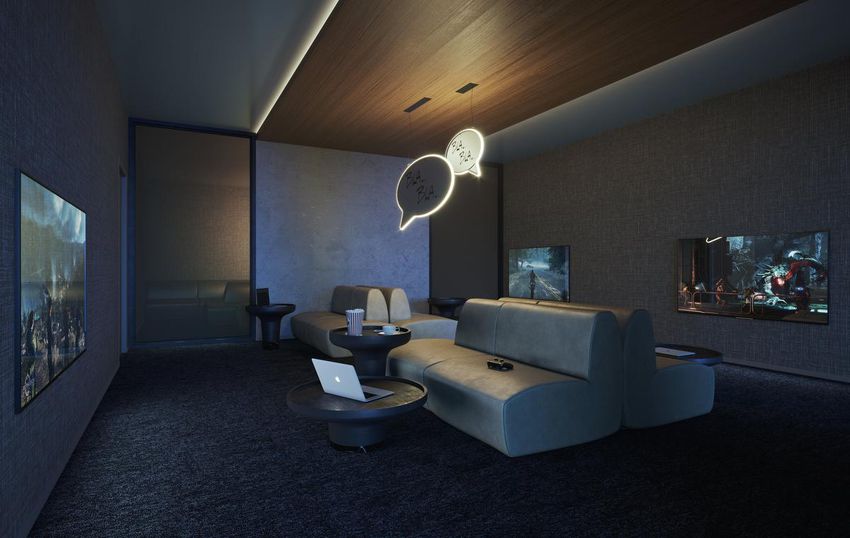
“Most developers don’t consult with students about what they want,” said Valerie Bruce, associate director, housing operations and administration for Ryerson. “Students wants and expectations have changed quite a lot. They want nice amenities and nice fixtures, but they are looking for the best value for their dollar and I think some would sacrifice high-end finishes for lower rent.”
Many amenities in the new development are those that other condos have never considered, said Culmone. “JAC Condos opens up like a European piazza and kind of invites you in, allows you to sit down and enjoy the park,” says Culmone. “It’s almost tourist-like with terraces for lively activities.
“There will be a firepit lounge that I’m very excited about it. I went to architecture school in Sudbury and there was a lot of consideration about how Indigenous peoples socialize, and we had a giant fireplace that we gathered around and shared stories each day.”
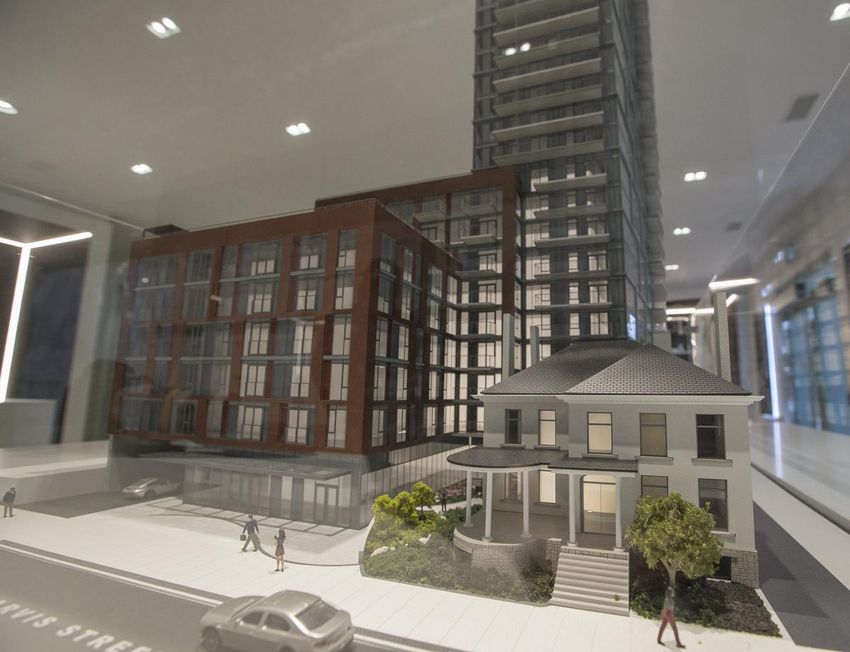
Recent Ryerson interior design graduate John Liu, who was hired by Toronto design firm Tomas Pearce, was thrilled to learn his firm would be working on JAC Condos. “When I was asked if I wanted to be involved, I was ecstatic. I couldn’t contain myself.”
During his five years at Ryerson, Liu says there were study areas but they filled up quickly. “When the Student Learning Centre was built, every time I went there, there was no private space and it was crowded.
“One of the things that I love about JAC is that the coffee shop, tech space and workspace are part of the heritage building, like the residents’ little private Starbucks. They can come in, have coffee, do work and it’s a much more private space,” said Liu. “Everybody works at different levels and by providing different tiers of privacy, it will enhance student life.”
He said the e-sports lounge with its game stations will go over well, as he noticed while he was at Ryerson how many students would “find pockets of spaces to set up a gaming area” at Ryerson.
Liu also sees the arts and crafts room as a popular amenity. “It gives a giant space where students more oriented in architecture or the arts can build models and have tools, and don’t have to trek to Ryerson, and have peace of mind their work is safe at home.
Armando Benlezrah, a builder in Miami who lives in Toronto eight months of the year, bought a unit for his daughter, Ninette, who is studying criminology at Ryerson. “When I saw JAC, I thought it was unbelievable. I loved the high ceilings, the landscaping, the courtyard.
“I like downtown Toronto and you can’t find a better downtown anywhere. You see the action, you see the beauty of the city and it’s very safe.”
Benlezrah said his daughter was equally impressed: “My daughter went to see many, many projects and fell in love with this one. The views are great. The location is ideal. It’s going to be amazing for young people.”
Wed., Jan. 6, 2021
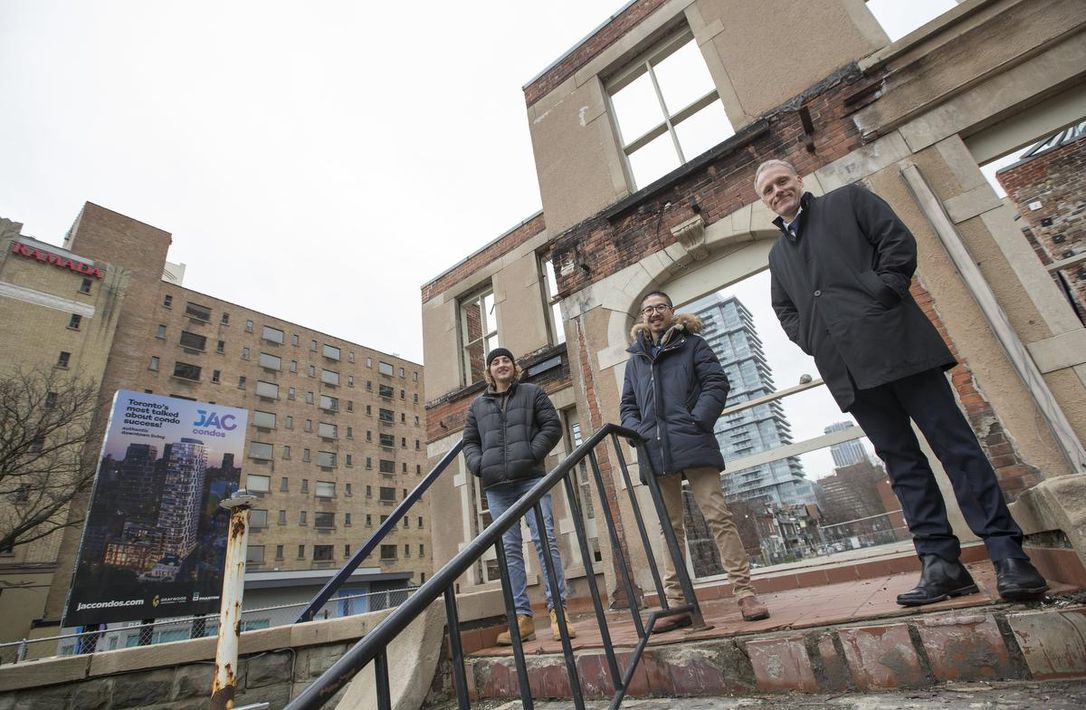
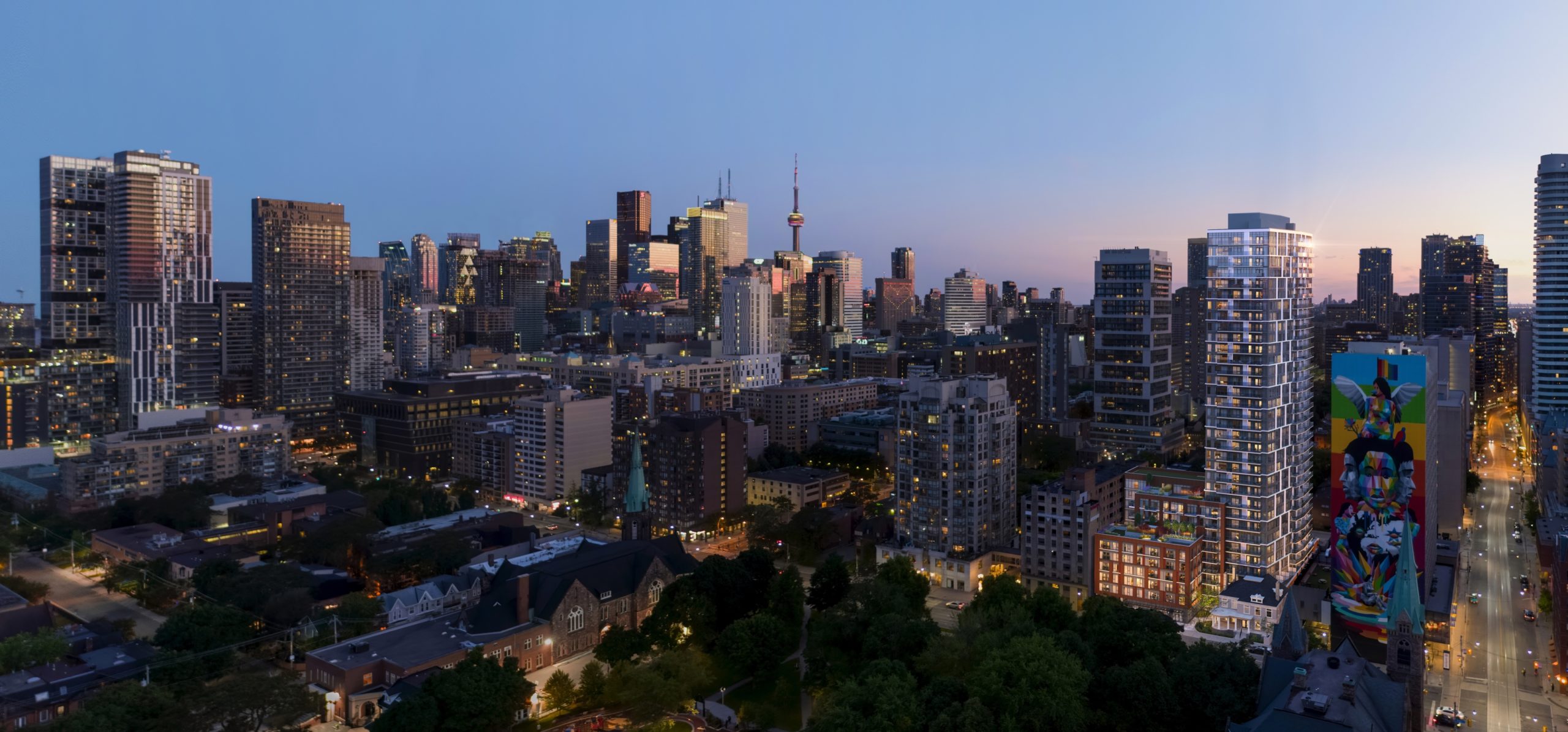
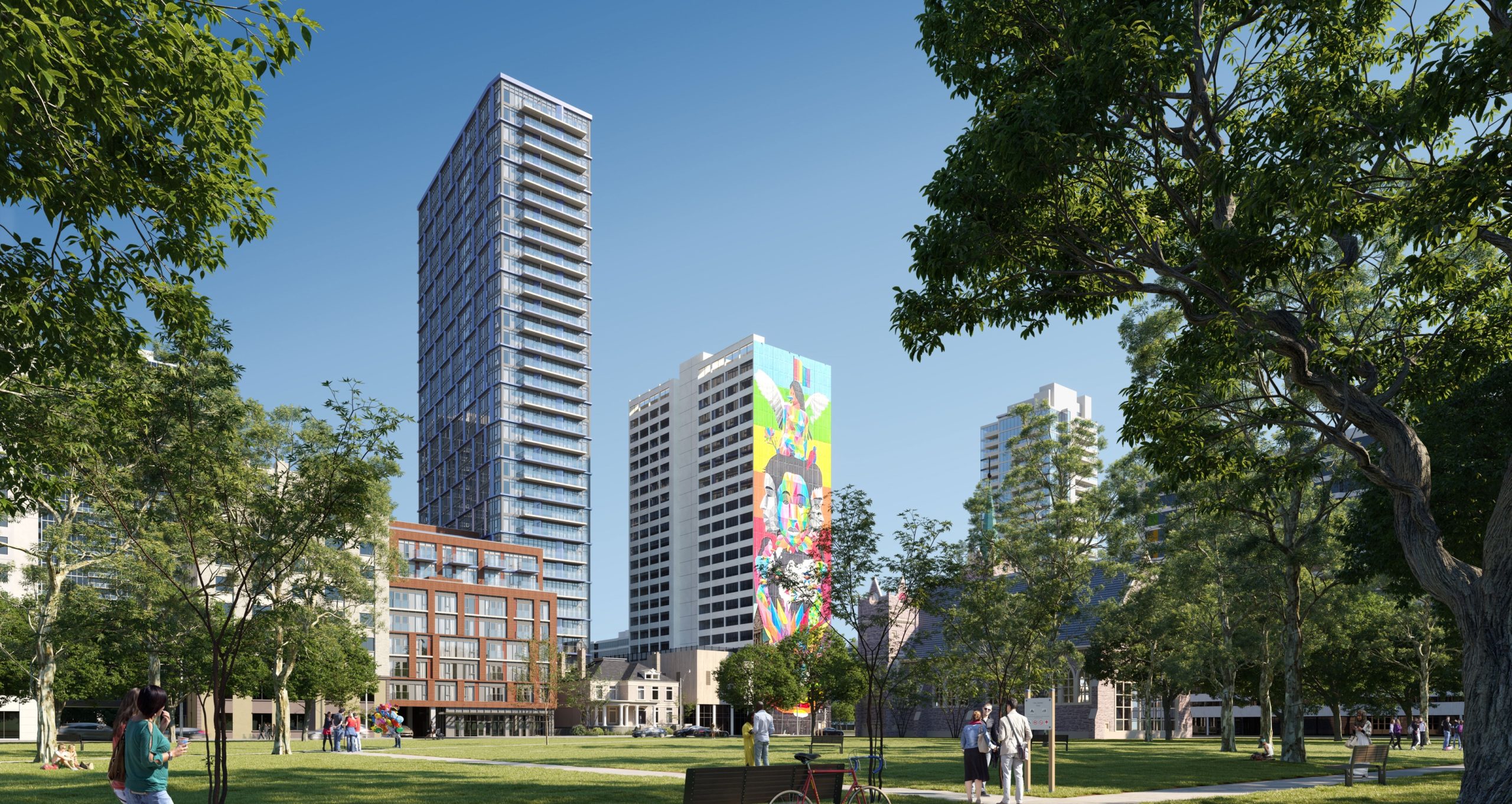
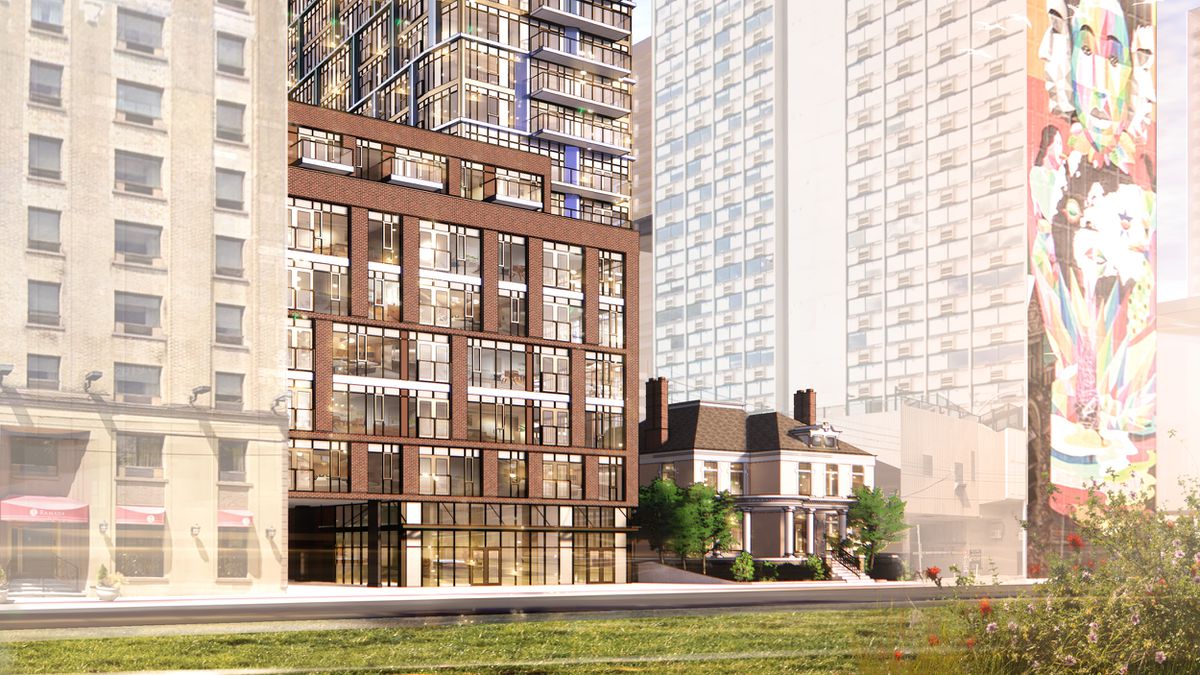
 314 Jarvis Street in the 1970s. The heritage house was built in the late 1800s.
314 Jarvis Street in the 1970s. The heritage house was built in the late 1800s.